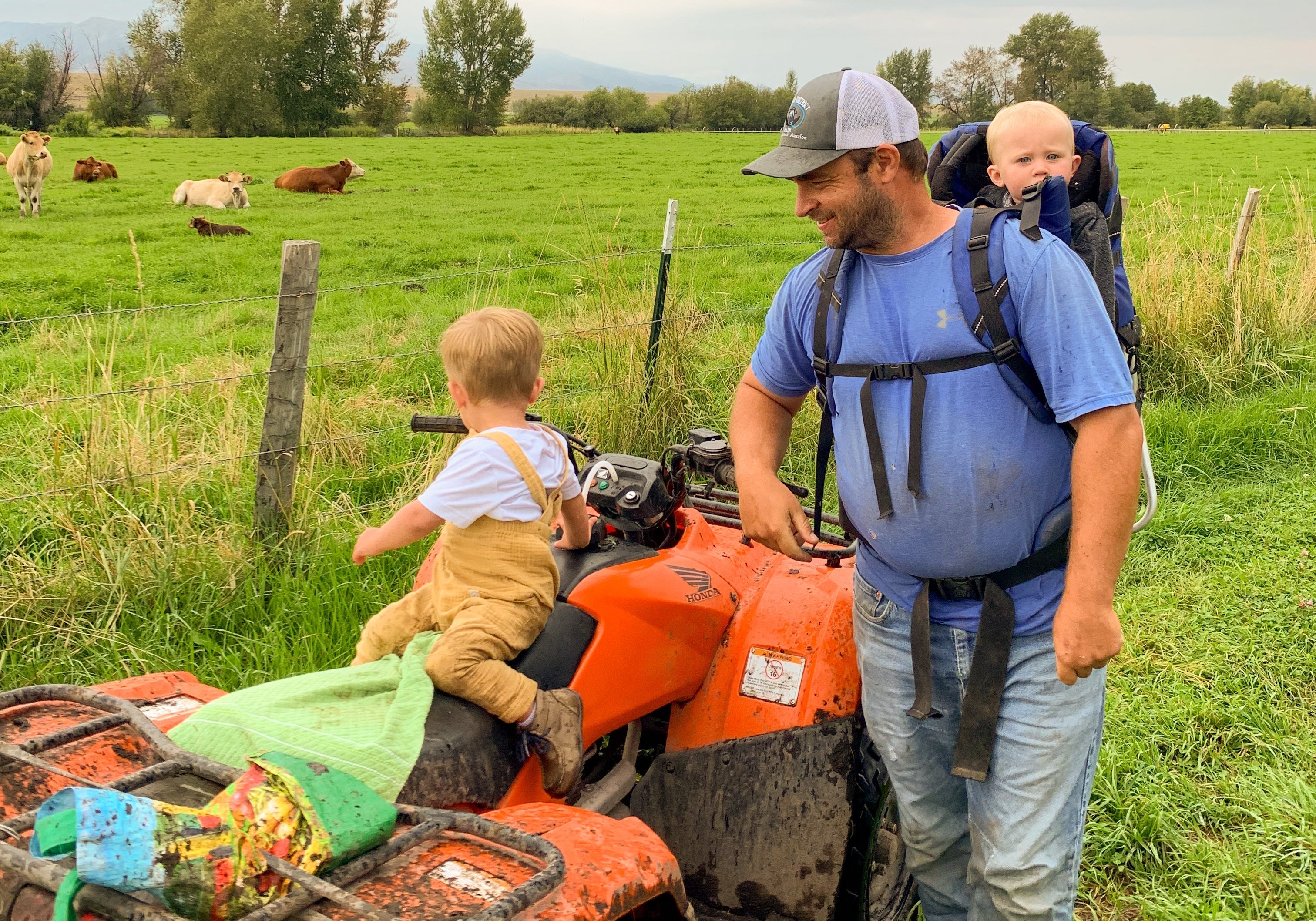From Farm to Face: The Complete Journey of Grass Fed Beef Tallow
Ever wonder exactly how grass-fed beef tallow gets from the farm to your skincare routine? In an era where transparency and sustainability matter more than ever, understanding the supply chain of your beauty products can influence your purchasing decisions. This blog takes you through each step—raising grass-fed cattle, rendering tallow, formulation, and finally how it arrives in your hands.
Why Source Matters for Tallow Balm
1. Animal Welfare
Grass-fed cows typically roam freely on pasture, leading to more humane treatment compared to feedlots. Happier, less stressed animals often yield healthier fat with a better nutrient profile.
2. Nutrient Density
Pasture-raised diets boost levels of omega-3 fatty acids, CLA (conjugated linoleic acid), and vitamins. When you choose grass-fed beef tallow, you’re likely getting a more potent skincare ingredient.
3. Environmental Impact
Regenerative ranching practices—like rotational grazing—can reduce greenhouse gases and enhance soil quality, making grass-fed systems a more eco-friendly choice.
Traditional Rendering Methods for Best Grass Fed Beef Tallow
1. Low & Slow
Rendering is the process of melting down beef fat to separate pure tallow from any residual water or impurities. When done at lower temperatures, more vitamins and antioxidants remain intact.
2. Straining & Clarifying
After melting, the liquid fat is carefully strained to remove connective tissues or small impurities. The result is a smooth, bright tallow that’s ideal for skincare formulations.
3. Cooling & Storage
Once strained, the tallow is cooled, sometimes whipped, and stored in airtight containers to maintain freshness and shelf life.
Fact: Historically, families would collect tallow from their home cooking to make soaps and balms. Today, brands have refined and standardized this process for consistent quality.
Sustainable Practices in Tallow Production
-
Rotational Grazing
Farmers move cattle between different paddocks, letting grasses recover. This approach can sequester carbon, improve soil fertility, and foster biodiversity. -
Water Conservation
Pasture-based farming can lower water consumption compared to confined animal feeding operations that require vast water for crops. -
Minimal Waste
By using tallow—once considered a byproduct—for skincare, we reduce the amount of animal material discarded. This supports a “nose-to-tail” ethos where every part of the animal is valued.
From Grass Fed Beef Tallow to Skincare Formulation
-
Blending & Infusion
Skincare formulators often combine tallow with complementary ingredients such as beeswax, essential oils, or other nutrient-rich oils. This step is where the product’s texture, scent, and targeted benefits are finalized. -
Quality Control
Each batch undergoes checks for consistency, purity, and safety—ensuring the final product meets cosmetic standards. -
Packaging
Sustainable brands lean toward glass jars or recyclable tins. Labels typically highlight “grass-fed,” “pasture-raised,” or “regenerative,” reflecting the brand’s commitment to transparency.
Arriving in Your Hands: How to Choose a Brand
-
Look for Sourcing Details: Reputable brands share information about the farms, feed practices, and rendering processes.
-
Examine Ingredient Lists: High-quality tallow balms are free of parabens, phthalates, and synthetic dyes or fragrances.
-
Check for Customer Reviews: “Before and after tallow balm” images can validate the brand’s claims. Real-life testimonials also reveal how the product performs under different conditions or skin types.
Our Promise: We partner with small family ranches to ensure humane and sustainable practices from farm to face. Explore the Bonemade Grass-Fed Tallow Balms for complete transparency.
Grass Fed Beef Tallow and The Farm-to-Face Experience
Understanding the journey of grass-fed beef tallow adds another layer of appreciation to your skincare routine. Instead of an anonymous product on a store shelf, you’re choosing a balm with a story—one that starts on open pastures and ends on your bathroom counter, nourishing your skin with nature’s best.
Farm: Pasture-raised cattle → Rendering: Low and slow separation of tallow → Formulation: Blended with minimal, skin-friendly ingredients → Packaging: In eco-conscious containers → You: Enjoy the rich benefits of pure, sustainable, grass-fed tallow.
Conclusion
“From farm to face” is more than a catchy slogan; it’s a blueprint for ethical, nutrient-dense skincare that respects the land, the animals, and your skin’s well-being. By choosing grass-fed beef tallow, you become part of a regenerative cycle, supporting farmers committed to better practices and receiving a top-tier product in return.
Be a Part of the Story: Check out our Farm-Sourced Tallow Balm Collection to elevate your skincare routine while contributing to a more sustainable future.



